Analysis of the Phenotypic Variants of Polycystic Ovarian Syndrome in Women of Reproductive Age Group
December 2022
in “Nepal Journal of Obstetrics and Gynaecology”
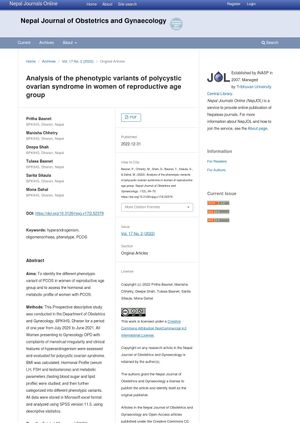
TLDR The most common form of PCOS in the group was anovulatory PCOS, with no cases of obese PCOS, highlighting the importance of assessing lean women with menstrual issues.
The study "Analysis of the phenotypic variants of polycystic ovarian syndrome in women of reproductive age group" conducted by Pritha Basnet et al. over a year from July 2020 to June 2021, involved 80 women presenting with menstrual irregularity and clinical features of hyperandrogenism. The most common phenotypic variant of Polycystic Ovarian Syndrome (PCOS) found was Type B (60% of cases), followed by Type D (30% of cases). The mean Body Mass Index (BMI) of the participants was 22.4± 4.2kg/m2. The study concluded that anovulatory PCOS was the most common variant in the study population and no obese PCOS cases were found, emphasizing the need for evaluation in lean women with or without hyperandrogenism presenting with menstrual irregularities.
View this study on nepjol.info →
Related
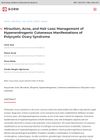
research Hirsutism, Acne, and Hair Loss: Management of Hyperandrogenic Cutaneous Manifestations of Polycystic Ovary Syndrome
Effective treatment for skin issues in women with PCOS includes oral contraceptives, antiandrogens, and other medications and procedures.
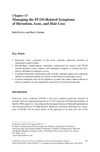
research Managing the PCOS-Related Symptoms of Hirsutism, Acne, and Hair Loss
Birth control pills and anti-androgen medications help manage hair growth, acne, and hair loss in women with PCOS.
research Prevalence of various phenotypes of polycystic ovarian syndrome among high school girls of Shiraz (2009)
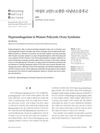
research Hyperandrogenism in Women: Polycystic Ovary Syndrome
The document concludes that more research is needed to create suitable diagnostic criteria and understand PCOS in Korean women, and genetics may allow for personalized treatment.
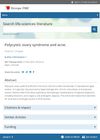
research Polycystic ovary syndrome and acne.
Women with PCOS often have acne because of high androgen levels, and the article reviewed how to treat this type of acne.